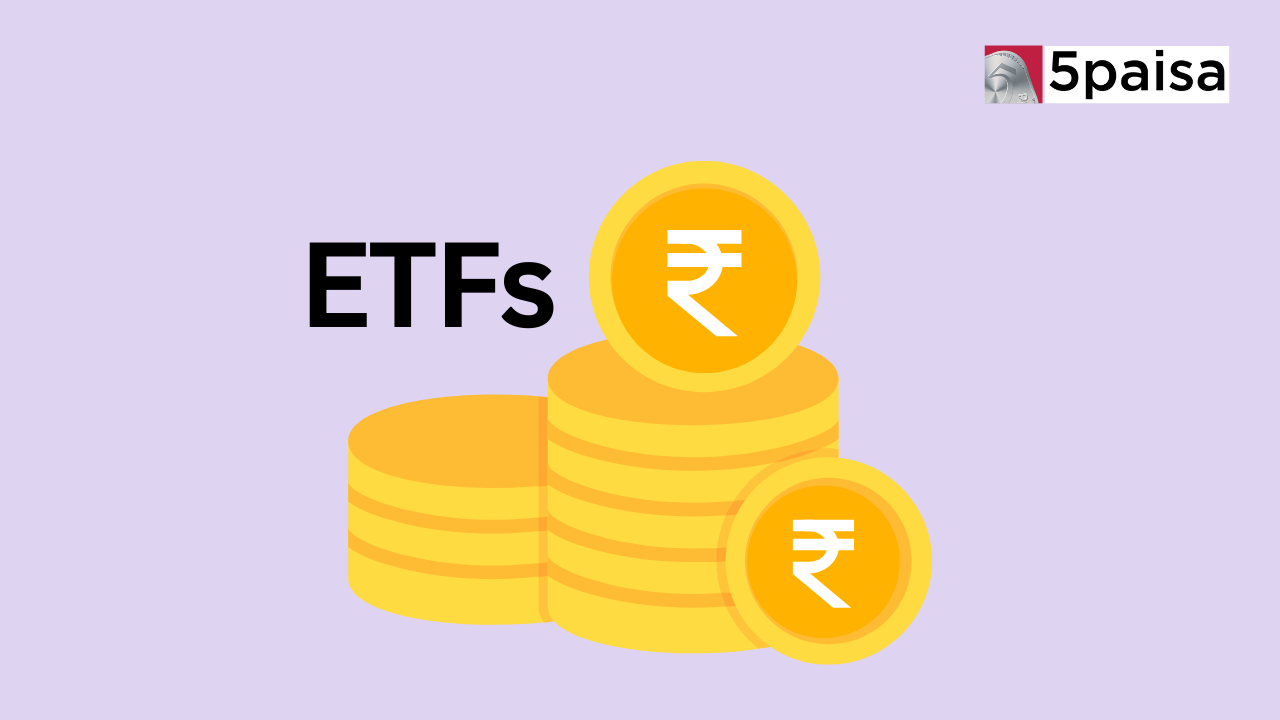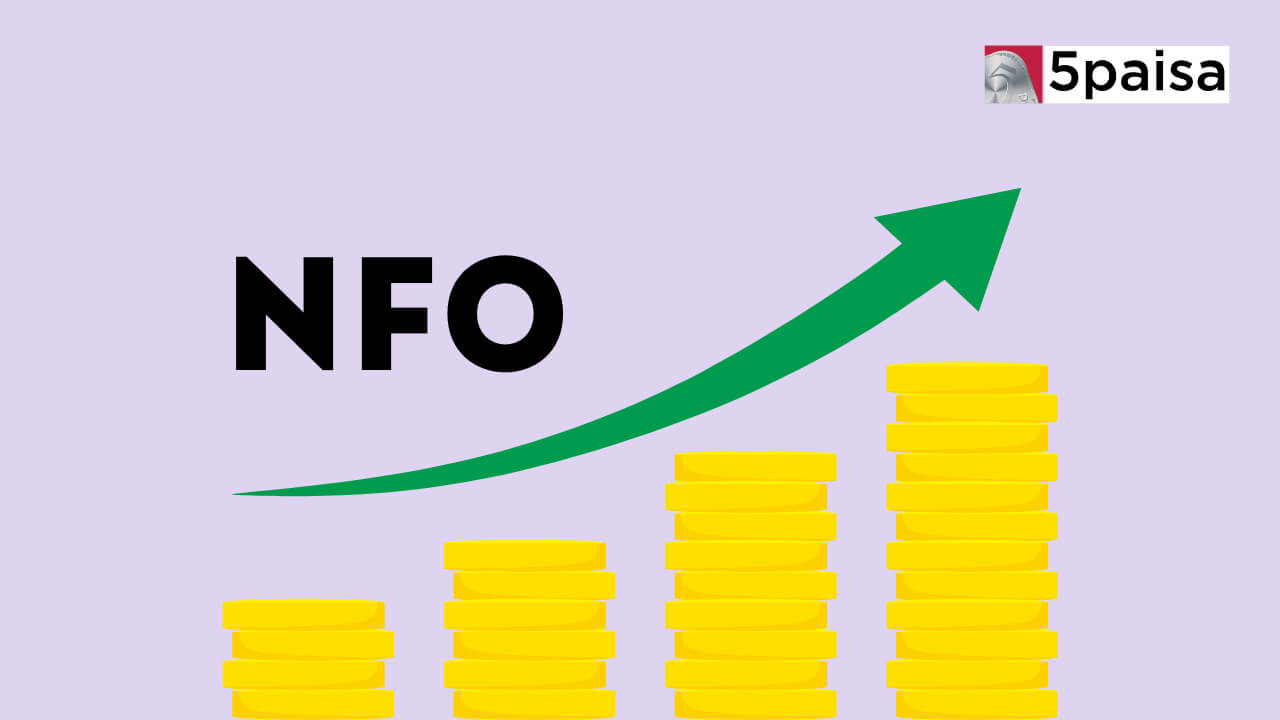Rexpro Enterprises IPO Allotment Status
Side Pocketing in Mutual Funds

Investing in mutual funds is a popular choice for many individuals seeking to grow their wealth over time. While debt mutual funds are generally considered safer than equity funds, they are not entirely risk-free. Credit risk is one of the most significant risks associated with debt funds, which refers to the possibility of a borrower defaulting on their debt obligations. To protect investors from the potential impact of credit events, the Securities and Exchange Board of India (SEBI) introduced the concept of side pocketing in mutual funds in December 2018.
What Is Side Pocketing In Mutual Funds?
Side pocketing is an accounting method used in mutual funds to separate distressed, illiquid, or hard-to-value assets from the rest of the portfolio. When a credit event occurs, such as a downgrade in the credit rating of a particular bond or a default by the issuer, the mutual fund house can choose to create a side pocket for the affected assets. This means the distressed assets are effectively segregated from the main portfolio and managed separately.
Creating a side pocket ensures that the main mutual fund scheme's overall net asset value (NAV) is not adversely affected by the credit event. Investors holding units in the scheme at the time of the credit event will be allotted units in the side pocket in proportion to their existing holdings. These units are then listed and traded on stock exchanges, allowing investors to exit their investments if they choose to do so.
How Does Side Pocketing Work In A Mutual Fund?
The process of side pocketing involves several steps:
● Identification of the credit event: The first step is identifying the credit event that has triggered the need for side pocketing. This could be a bond's downgrade in credit rating, a default by the issuer, or any other event that significantly impacts the asset's value.
● Approval by the board of trustees: Once the credit event has been identified, the mutual fund's board of trustees must approve the creation of a side pocket within one business day of the credit event.
● Segregation of assets: The affected assets are then segregated from the main portfolio and placed in a separate side pocket. This ensures that the distressed assets do not impact the value of the main scheme.
● Allotment of units: Investors who held units in the scheme at the time of the credit event are allotted units in the side pocket in proportion to their existing holdings. These units are listed and traded on stock exchanges separately from the units of the main scheme.
● Valuation and redemption: The assets in the side pocket are valued separately from the main scheme, and the NAV of the side pocket is calculated independently. Investors can redeem their units in the side pocket when the affected assets are liquidated or sold.
Importance Of Side Pocketing
Side pocketing is an important tool for mutual fund houses to manage credit risk and protect the interests of their investors. By segregating distressed assets from the main portfolio, side pocketing ensures that the overall value of the scheme is not impacted by the credit event. This is particularly important for debt mutual funds, which invest in fixed-income securities such as bonds and debentures.
Without side pocketing, a credit event could lead to a significant drop in the scheme's NAV, as the value of the distressed assets would be marked down. This could trigger a wave of investor redemptions, forcing the mutual fund house to sell other assets in the portfolio to meet the redemption requests. This, in turn, could lead to a liquidity crisis and further erosion of value for the remaining investors.
By creating a side pocket, mutual fund houses can avoid this scenario and ensure that the main scheme functions normally. Investors who choose to remain invested in the main scheme are not impacted by the credit event. In contrast, those who held units at the time of the event have the option to exit their investments through the side pocket.
Benefits Of Side Pocketing For Investors
Side pocketing offers several benefits to investors in mutual funds:
● Protection from credit events: The most significant benefit of side pocketing is that it protects investors from the potential impact of credit events. By segregating distressed assets from the main portfolio, side pocketing ensures that the scheme's overall value is not adversely affected.
● Transparency: Side pocketing also enhances investors' transparency. Creating a separate side pocket ensures that investors know about the credit event and its impact on their investments. The NAV of the side pocket is calculated separately, and investors can track the performance of the distressed assets independently of the main scheme.
● Liquidity: Side pocketing also allows investors to exit their investments in the affected assets. The units of the side pocket are listed and traded on stock exchanges, allowing investors to sell their holdings if they choose to do so.
● Fairness: Side pocketing ensures that all scheme investors are treated fairly. By allotting units in the side pocket to investors who held units at the time of the credit event, side pocketing ensures that the event's impact is borne by all investors in proportion to their holdings.
How Does Side Pocketing Impact The Nav (Net Asset Value) Of The Mutual Fund?
The creation of a side pocket has a direct impact on the mutual fund scheme's NAV. When a side pocket is created, the scheme's total assets are effectively split into two parts: the main portfolio and the side pocket. The NAV of the main scheme is calculated based on the value of the assets in the main portfolio, while the NAV of the side pocket is calculated based on the value of the distressed assets.
For example, let's assume that a mutual fund scheme has a total asset value of ₹100 crore, and a credit event affects assets worth ₹10 crore. If the mutual fund house decides to create a side pocket for the affected assets, the scheme's total assets will be split into two parts: the main portfolio worth ₹90 crore and the side pocket worth ₹10 crore.
The NAV of the main scheme will be calculated based on the value of the assets in the main portfolio, which is now worth ₹90 crore. This means that the NAV of the main scheme may drop as the total assets of the scheme have reduced. However, the drop in NAV will be less significant than it would have been if the affected assets had remained in the main portfolio.
On the other hand, the NAV of the side pocket will be calculated based on the value of the distressed assets, which are now worth ₹10 crore. Depending on the nature and severity of the credit event, the value of these assets may be marked down significantly. Investors who held units in the scheme at the time of the credit event will be allotted units in the side pocket in proportion to their existing holdings.
Drawbacks Of Side Pocketing In Mutual Funds
While side pocketing offers several benefits to investors, there are also some drawbacks to consider:
● Complexity: Creating a side pocket can involve segregating assets, allotting units, and separating valuation and redemption. This complexity can be challenging for investors to understand and navigate.
● Liquidity risk: While side pocketing allows investors to exit their investments in the affected assets, the liquidity of the side pocket units may be limited. The units are listed and traded on stock exchanges. Still, the trading volumes may be low, making it difficult for investors to find buyers for their units.
● Valuation risk: The valuation of the assets in the side pocket may be subject to significant uncertainty and volatility. The value of the distressed assets may be marked down significantly, and the recovery process may be lengthy and uncertain. This can make it difficult for investors to accurately value their holdings in the side pocket.
● Lack of diversification: Creating a side pocket effectively reduces the mutual fund scheme's diversification. The affected assets are segregated from the main portfolio, giving the scheme more exposure to the remaining assets, which can increase the scheme's overall risk profile.
Conclusion
Side pocketing is an important tool for mutual fund houses to manage credit risk and protect the interests of their investors. By segregating distressed assets from the main portfolio, side pocketing ensures that the overall value of the scheme is not adversely affected by credit events. While there are some drawbacks to consider, such as complexity and liquidity risk, the benefits of side pocketing, including protection from credit events, transparency, and fairness, make it an important feature of the mutual fund landscape in India.
Frequently Asked Questions
Is Side Pocketing Common Across All Types Of Mutual Funds?
Are There Any Tax Implications For Investors Related To Side Pocketing?
How Long Does The Side Pocketing Process Typically Last?
- 0% Commission*
- Upcoming NFOs
- 4000+ Schemes
- Start SIP with Ease
Trending on 5paisa
Mutual Funds and ETFs Related Articles
Disclaimer: Investment in securities market are subject to market risks, read all the related documents carefully before investing. For detailed disclaimer please Click here.

 5paisa Research Team
5paisa Research Team
 5paisa Research Team
5paisa Research Team




